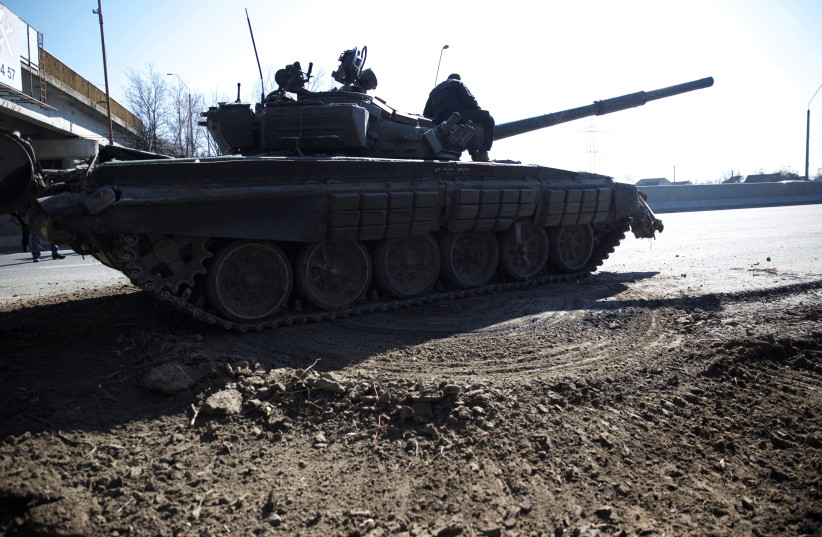Even before Russia began its devastating war on Ukraine, arms sales to Europe in the last five years jumped compared with the previous five-year period, the Stockholm Peace Research Institute (SIPRI) writes in a new report.
While global trade in major arms declined by 4.6%, according to the report, imports of major arms by European states were 19% higher from 2017 to 2021 than from 2012 to 2016, and accounted for 13% of global arms transfers.
UK and Norway at the top
The largest arms importers in Europe were Norway (an increase of 343%) the Netherlands (116%), and the United Kingdom (74%).
Who are the five largest arms exporters?
Overall, the five largest arms exporters in the past five years were the United States, Russia, France, China and Germany, while the five largest arms importers were India, Saudi Arabia, Egypt, Australia and China.
“The severe deterioration in relations between most European states and Russia was an important driver of growth in European arms imports, especially for states that cannot meet all their requirements through their national arms industries,” said Pieter D. Wezeman, senior researcher with the SIPRI Arms Transfers Program. “Arms transfers also play an important role in trans-Atlantic security relationships.”
Though Ukraine has been at war with Russia since Moscow invaded and annexed Crimea in 2014, the report found that Kyiv’s imports of major arms from 2017 to 2021 were very limited.

“Deliveries of arms to Ukraine generally had more of a political than military significance, which grew in importance as the tensions between Russia and Ukraine worsened at the end of 2021,” the report read.
While Kyiv was already fighting pro-Russian rebels in the Donetsk and Luhansk regions from 2017 to 2021, “its imports of major arms remained very limited and accounted for only 0.1% of total global arms imports.”
The arming story of Ukraine
The Czech Republic was Ukraine’s main supplier of major arms, accounting for 41% of total imports, including 87 armored vehicles and 56 pieces of artillery. The United States was Ukraine’s second-largest supplier, accounting for 31% of all imports to the Eastern European nation, including 540 light anti-tank missiles.
France, Lithuania and Poland also supplied arms to Ukraine, but according to SIPRI, it was Turkey that “probably” had the largest military impact after it sold 12 armed unmanned aerial vehicles to the besieged country.
The Bayraktar drones are currently being used in the war, accounting for the destruction of dozens of Russian tanks and other military vehicles.
Though the low level of arms transfers to Ukraine was partially explained by SIPRI as being due to the country’s limited financial resources and its own arms-production capabilities, “Until February 2022, several of the largest arms-exporting states had been restricting exports to Ukraine due to concerns that such transfers could contribute to conflict escalation.”
With tensions continuing to remain high in the Middle East because of continued regional hostility by Iran, the report found that arms imports by Middle Eastern states were 2.8% higher from 2017 to 2021 than from 2012 to 2016. “This followed an 86% increase between 2007-2011 [over] 2012-2016,” the report said.
Four of the top 10 arms-importing states from 2017 to 2021 included the Middle Eastern countries of Saudi Arabia, Egypt, Qatar and the United Arab Emirates. More than half (53%) of arms imports by Mideast countries came from the US, while 12% came from France and 11% from Russia.
While Israel placed 10th overall as an arms exporter, its arms imports increased by 19% from 2012-2016 to 2017-2021, with arms from the United States accounting for 92% of all arms imports including 31 F-35i stealth fighter jets and thousands of guided bombs.
In comparison, SIPRI found in 2020 that from 2015 to 2019, Israeli arms exports were the highest ever, accounting for 3% of the global total. The Jewish state was found to be the world’s eighth-largest arms supplier, with its weapons exports that period 77% higher than from 2010 to 2014.
